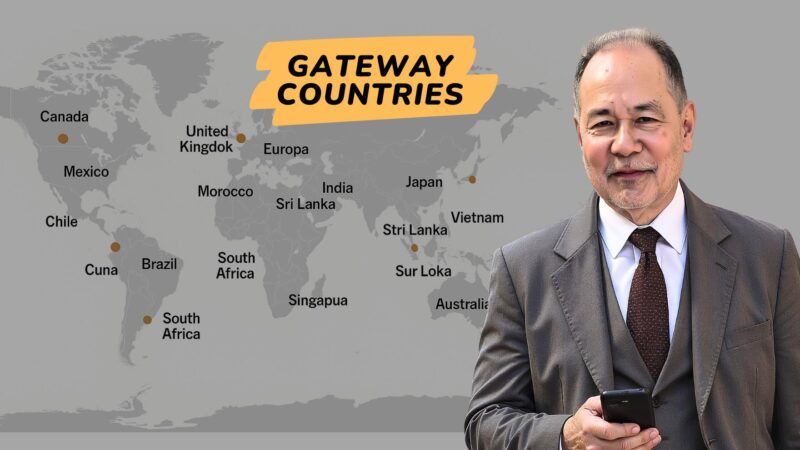Tariffs, Strategic Trade Agreements, and the Rise of Gateway Countries
We often think of tariffs as short-term levers in trade disputes—but the ripple effects can be long-lasting. Right now, many nations are quietly rethinking how they structure trade and supply chains. One of the most interesting shifts? The renewed focus on gateway countries. Gateway countries act as strategic hubs, geographically well-positioned, equipped with advanced logistics, and often tied to multiple free trade agreements. They give businesses access to larger markets without the full weight of tariff volatility.
Examples:
Canada – linked to USMCA, CPTPP, and CETA, effectively bridging North America, Europe, and Asia-Pacific.
Singapore – a logistics powerhouse and the heartbeat of ASEAN.
Netherlands – Rotterdam remains the EU’s busiest port and a central entry point to Europe.
UAE – leveraging Dubai and Jebel Ali as conduits to Africa, the Gulf, and Asia.
Strategic implications are already visible:
Diversification of trade routes to bypass direct tariff exposure.
Supply chain realignment as companies restructure manufacturing and distribution around gateway hubs.
Regional alliances where nations anchor trade policy on strong hubs.
Investment flows increasingly drawn toward these stable, well-connected entry points.
But this raises deeper questions worth debating:
Are tariff-driven strategies sustainable, or will long-term alliances prove more resilient?
Could overreliance on gateway hubs create new bottlenecks or vulnerabilities?
How should firms hedge geopolitical risk when tying supply chains to these nodes?
And closer to home: What role could Canada play in positioning itself more strongly as a gateway nation in the next decade?
Global trade is in flux. Tariffs may dominate headlines, but the strategic game is shifting to infrastructure, connectivity, and alliances. Gateway countries aren’t just intermediaries – they may be the fulcrum of the next era in international trade.
